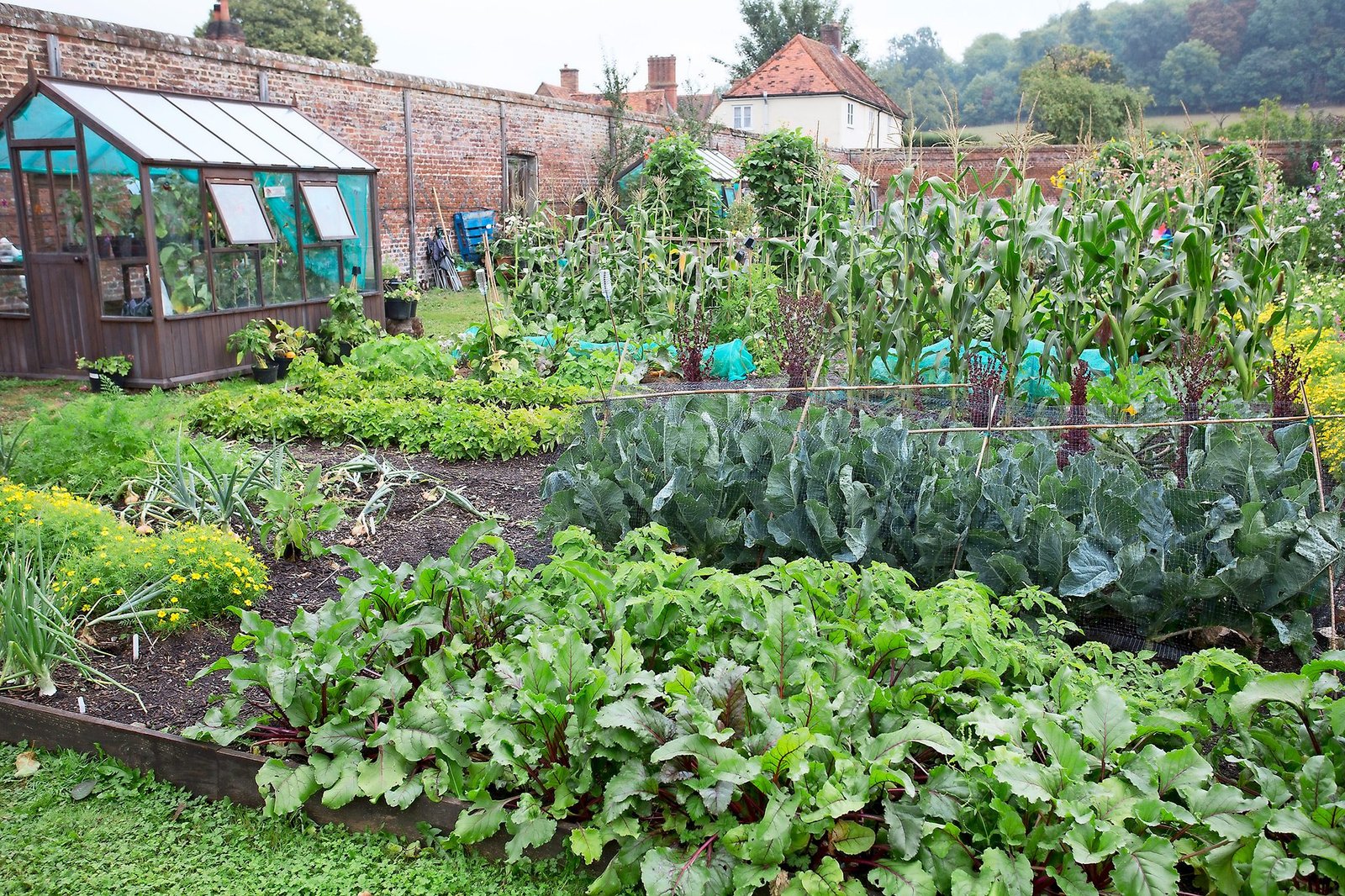Vegetable Gardening: Tips for Starting and Maintaining a Garden
Are you interested in starting your own vegetable garden? With a little bit of planning and preparation, you can grow fresh, healthy produce right in your own backyard. Whether you’re a seasoned gardener or a beginner, this article will provide you with helpful tips and advice for starting and maintaining a vegetable garden. In this article, we’ll cover everything from choosing the best vegetables to plant, to maintaining healthy soil and preventing pests and diseases.
1. Why Start a Vegetable Garden?
There are many reasons to start a vegetable garden. Growing your own food is not only rewarding, but it can also save you money and provide you with fresh, healthy produce. Vegetable gardening is also a great way to get outside and enjoy the outdoors, and it can be a fun activity for the whole family.
2. Choosing the Right Location for Your Garden
When choosing a location for your vegetable garden, it’s important to consider factors such as sunlight, soil quality, and water accessibility. Most vegetables require at least 6 hours of direct sunlight per day, so choose a spot that receives plenty of sunlight. The soil should be well-drained and rich in nutrients, so avoid areas that are prone to flooding or have poor soil quality. You’ll also want to make sure that your garden is located near a water source, as vegetables require consistent watering throughout the growing season.
3. Deciding What Vegetables to Plant
When deciding what vegetables to plant, it’s important to choose varieties that are well-suited to your climate and growing conditions. Some vegetables, such as tomatoes and peppers, require a longer growing season and warmer temperatures, while others, such as lettuce and spinach, can be grown in cooler temperatures. Consider the amount of space you have available and how much time and effort you’re willing to devote to your garden. Some vegetables, such as squash and pumpkins, require a lot of space, while others, such as herbs and lettuce, can be grown in containers or small raised beds.
4. Preparing the Soil for Planting
Before planting your vegetables, it’s important to prepare the soil to ensure that it’s healthy and nutrient-rich. Begin by removing any weeds or debris from the area where you’ll be planting. Then, use a garden fork or tiller to loosen the soil to a depth of at least 8-10 inches. Mix in compost or other organic matter to improve the soil quality and provide essential nutrients for your plants.
5. Planting Your Vegetables
When planting your vegetables, be sure to follow the instructions on the seed packets or plant labels for spacing and planting depth. Some vegetables, such as tomatoes and peppers, may need to be staked or supported as they grow. Water your plants immediately after planting to help them settle in and establish their roots.
6. Maintaining Your Garden
Maintaining a vegetable garden requires ongoing care and attention throughout the growing season. Be sure to weed regularly to prevent competition for nutrients and water. Remove any diseased or damaged plants to prevent the spread of disease to other plants. You may also need to provide additional support of other plants like hedges from HaagEnzo or pruning for certain vegetables, such as tomatoes and cucumbers.






